ReUse Rotorblade
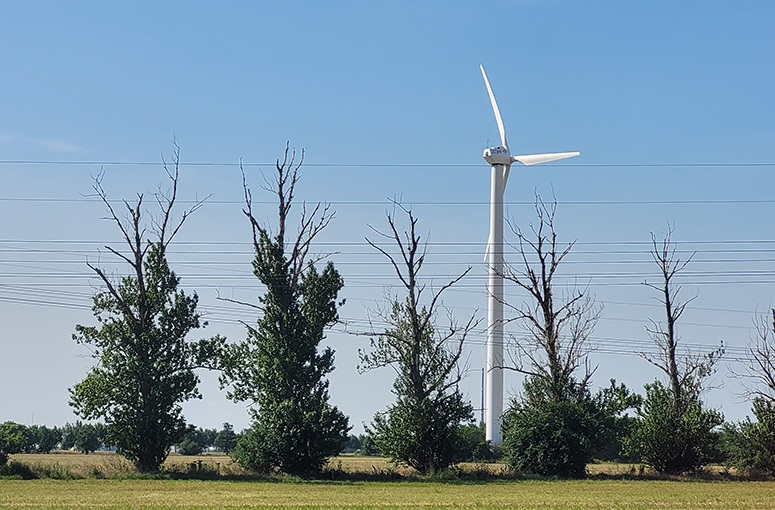
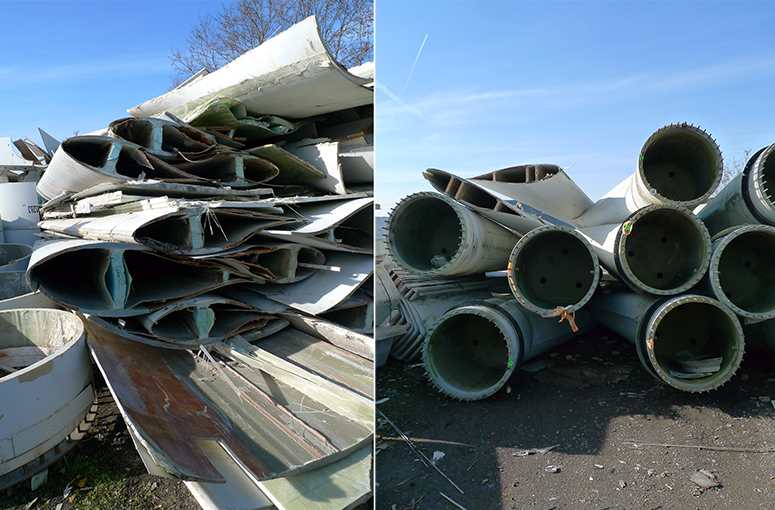


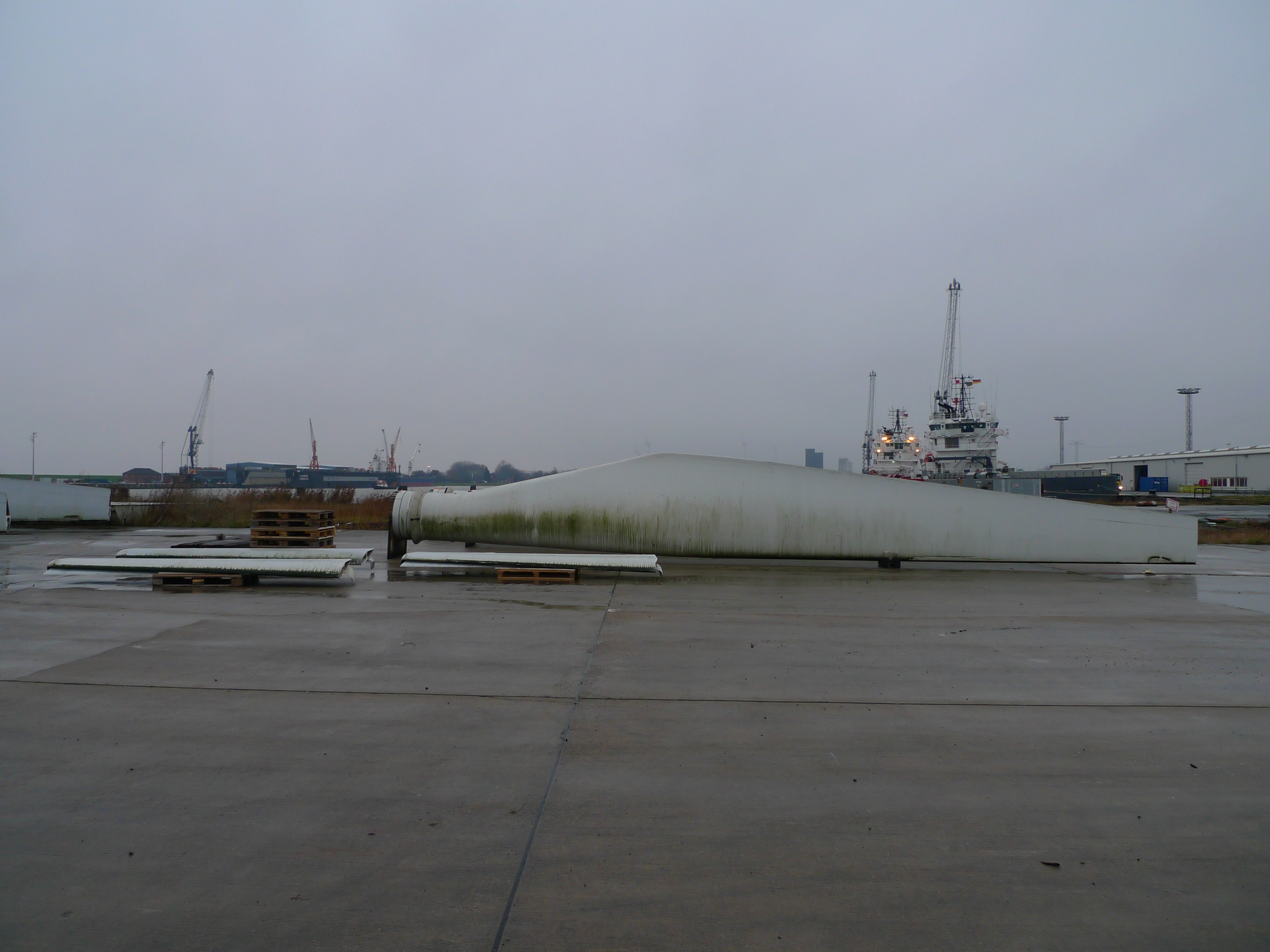
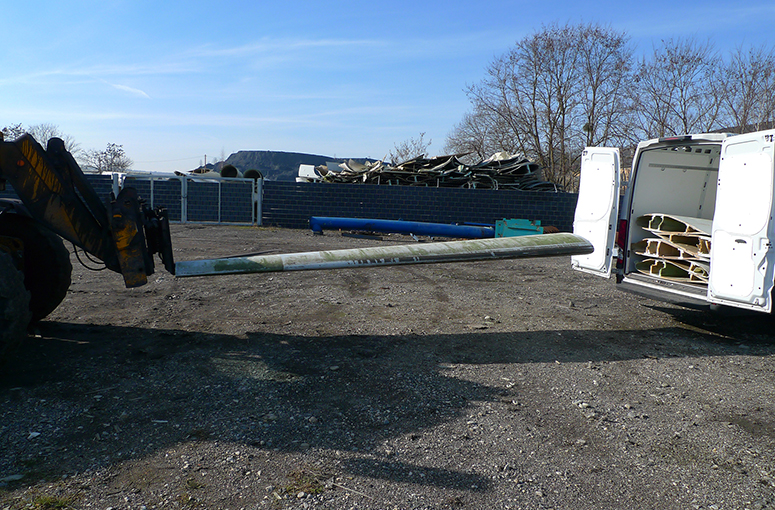
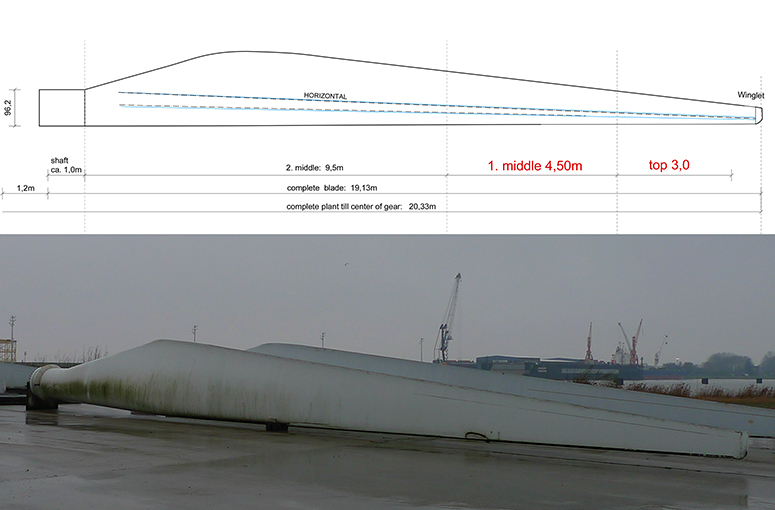
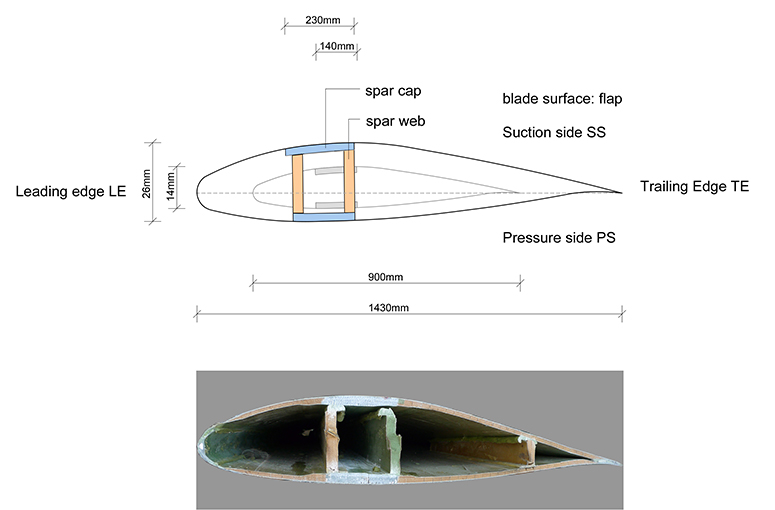
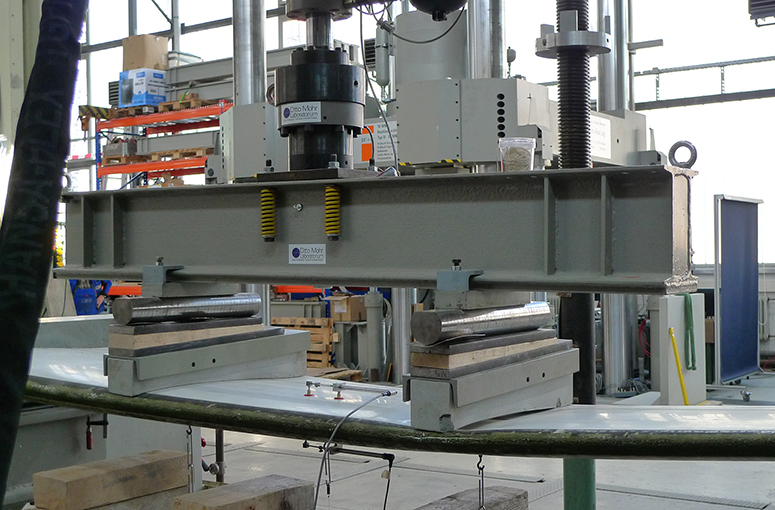
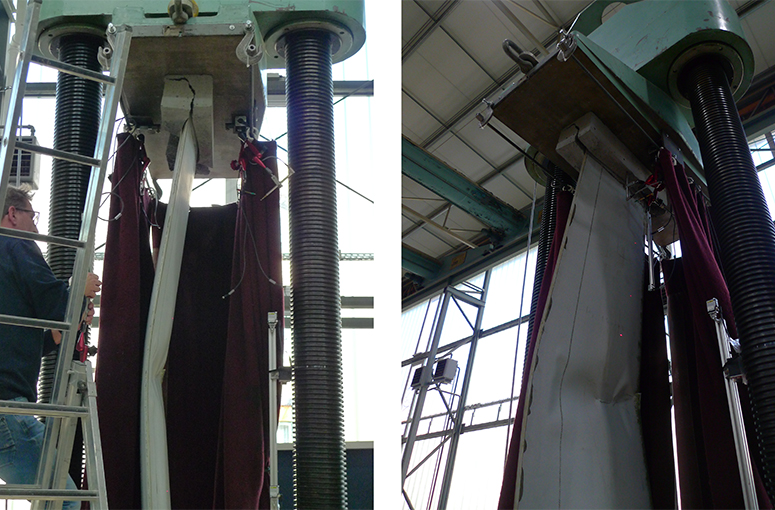
We have a problem. A waste problem resulting from our consumer society. The sports and leisure industry, boat and small aircraft manufacturing, as well as the wind energy sector in the form of rotor blades, produce approximately 440 kt of glass fiber-reinforced plastics (GFRP) annually in Germany alone, according to the Federal Environment Agency. Based on this production, the annual waste volume of GFRP is estimated to be several hundred thousand tons (Source 01). Approximately 30,000 tons are generated annually from rotor blades ranging from 20 to 60 meters in length. With a weight of 5-10 tons per blade, this amounts to around 4,000 rotor blades that now, after 20-30 years of service life, have reached the end of their FIRST use. Because WHY shouldn't they be used for several more decades in high-quality construction applications within the framework of the Circular Economy, either as a whole or in large sections? The construction industry needs technologies that reduce raw material consumption and, consequently, CO2 emissions.
In collaboration with the Lightweight Construction with Composite Plastics research division of HTWK Leipzig, with OX2 Architects and structural engineer Knippers Helbig, who have already published their own preliminary work (rethink rotor), Pamela Voigt is discussing how rotor blades can receive a second life in building construction. She provided advisory and organizational support for initial component tests as tactile experiments conducted within the Crap Sogn Gion project in Laax, CH, by AFF Architects Lausanne with Schnetzer Puskas Engineers at the Otto-Mohr Laboratory of TU Dresden (AFFECT).
The result: YES, it could work, but the effort is substantial because load-bearing elements of building construction are designed for tension, compression, and bending, not for the proven aerodynamic loads of high-performance components in structural engineering. Rotor blades used in construction applications need to be reanalysed and tested. This entails a significant time and financial investment that construction clients are hesitant to undertake. Therefore, research funds have already been applied for, aiming for solution-oriented practical application research to quickly identify fields of application, define project workflows and costs, and, most importantly, convince future clients with prototypes.
Turning waste into a raw material for future technology requires collaboration and openness from various economic disciplines, especially from users and approving authorities, to become a reality. The approach is revolutionary in itself, as it requires a complete rethink from all parties involved. This development demands high flexibility and innovative strength because, ultimately, what matters is not just the idea but its real execution and, accordingly, its performance.
As architects and engineers, we are seeking cooperation partners and clients for ReUse construction.
Source 01 Umweltbundesamt: Digital Kreisläufe schließen am Beispiel des Recyclings von Sportbooten, Leichtflugzeugen sowie Bedarfsgegenständen aus Faserverbundwerkstoffen. Texte 93/2023, S. 54
Publications on the topic:
tec21. November 03. 2023: "The mountain of waste will flood us." / "The rotor blade as a resource." / "On the test bench." / "Re-use on the Crap Sogn Gion."
Voigt, Pamela: „Wiederverwendete Faserkunststoffe können in Lärmschutzwänden zum Einsatz kommen“ In: Straßenverkehrstechnik. Spezial: Lärmschutz, Heft 11/2023, S. 795f., Kirschbaum Verlag GmbH, Bonn
Project development in cooperation with OX2 Architekten, Aachen, with AFF Architekten, Lausanne and with Lightweight Construction with Composite Plastics research division of HTWK Leipzig HTWK Leipzig